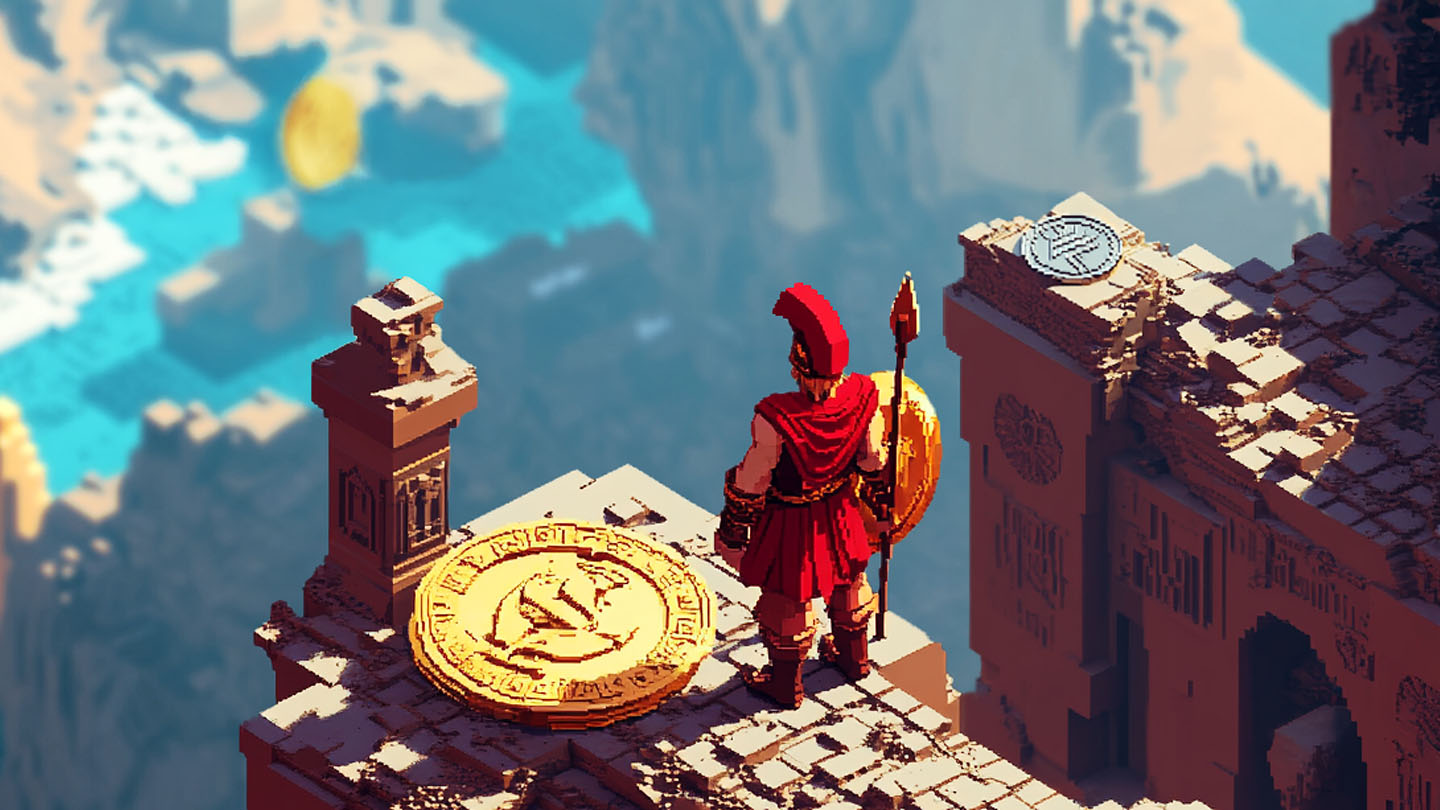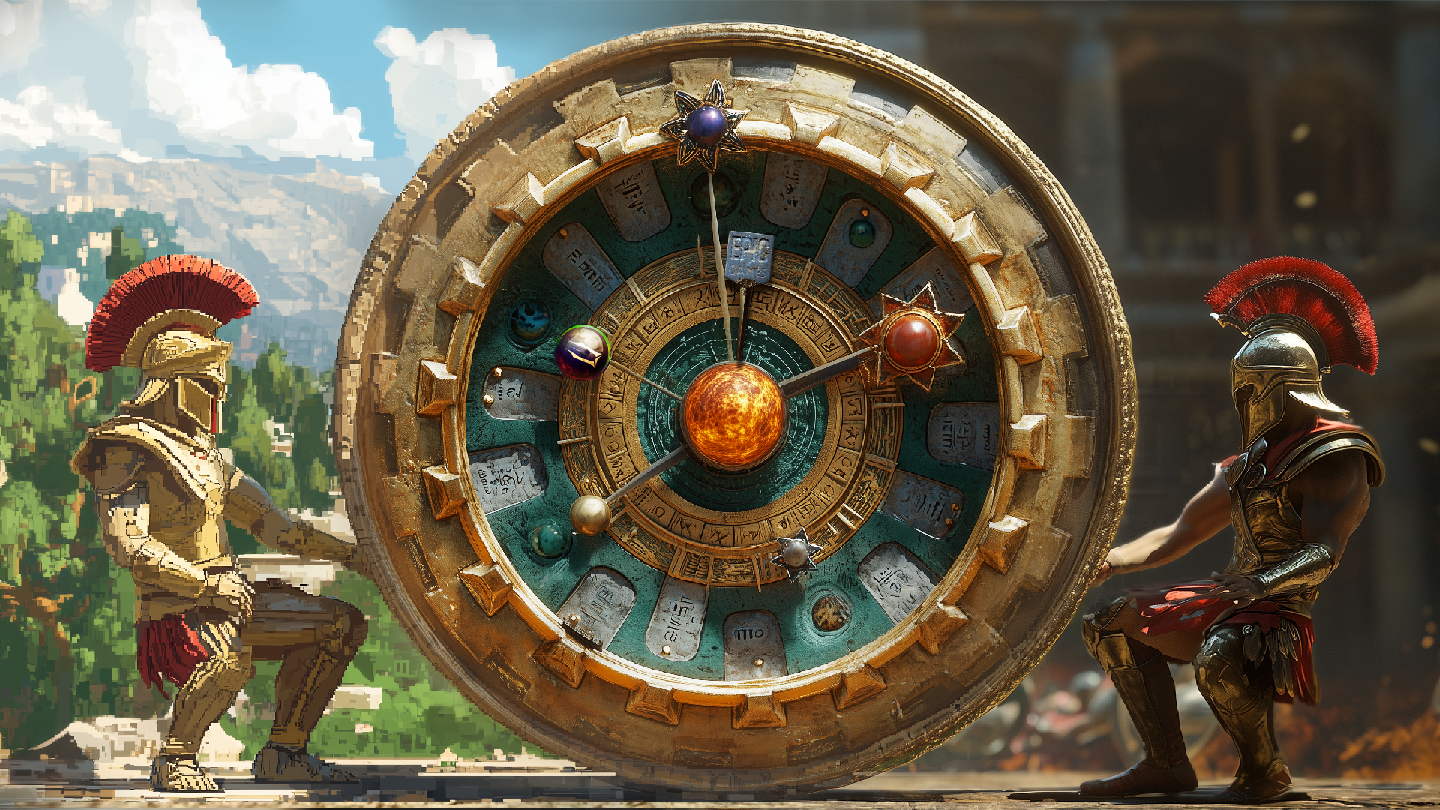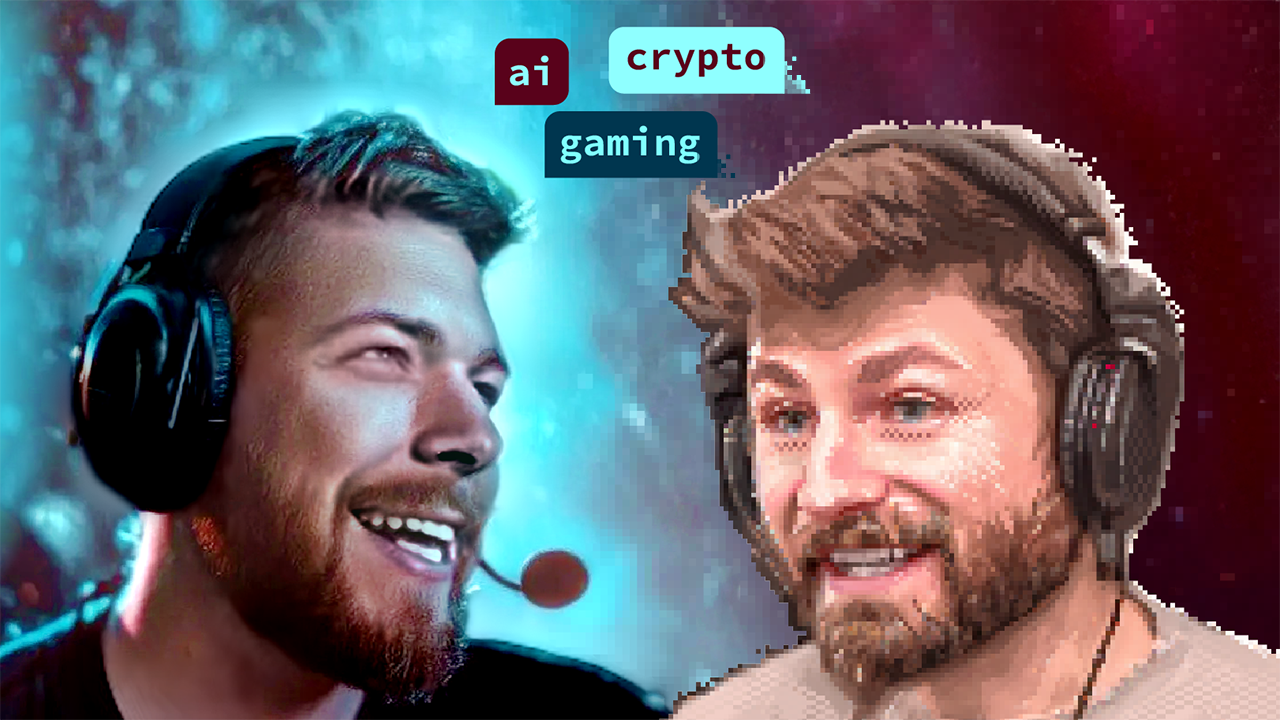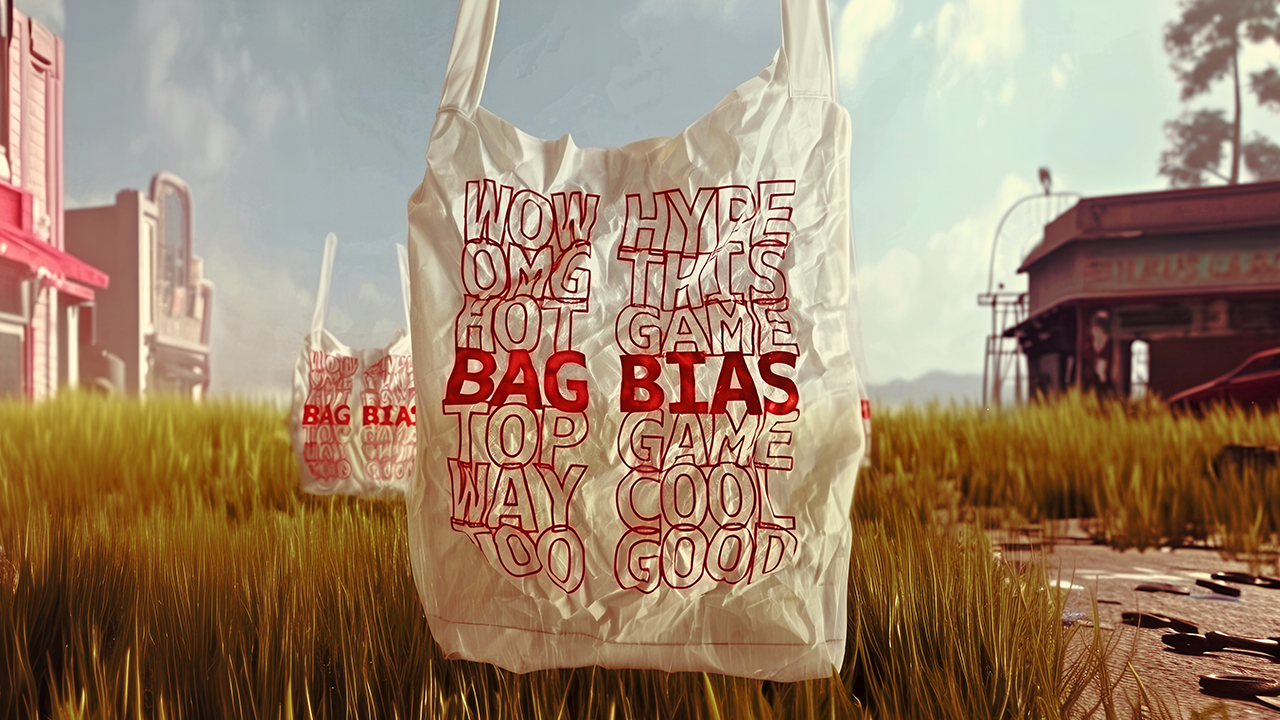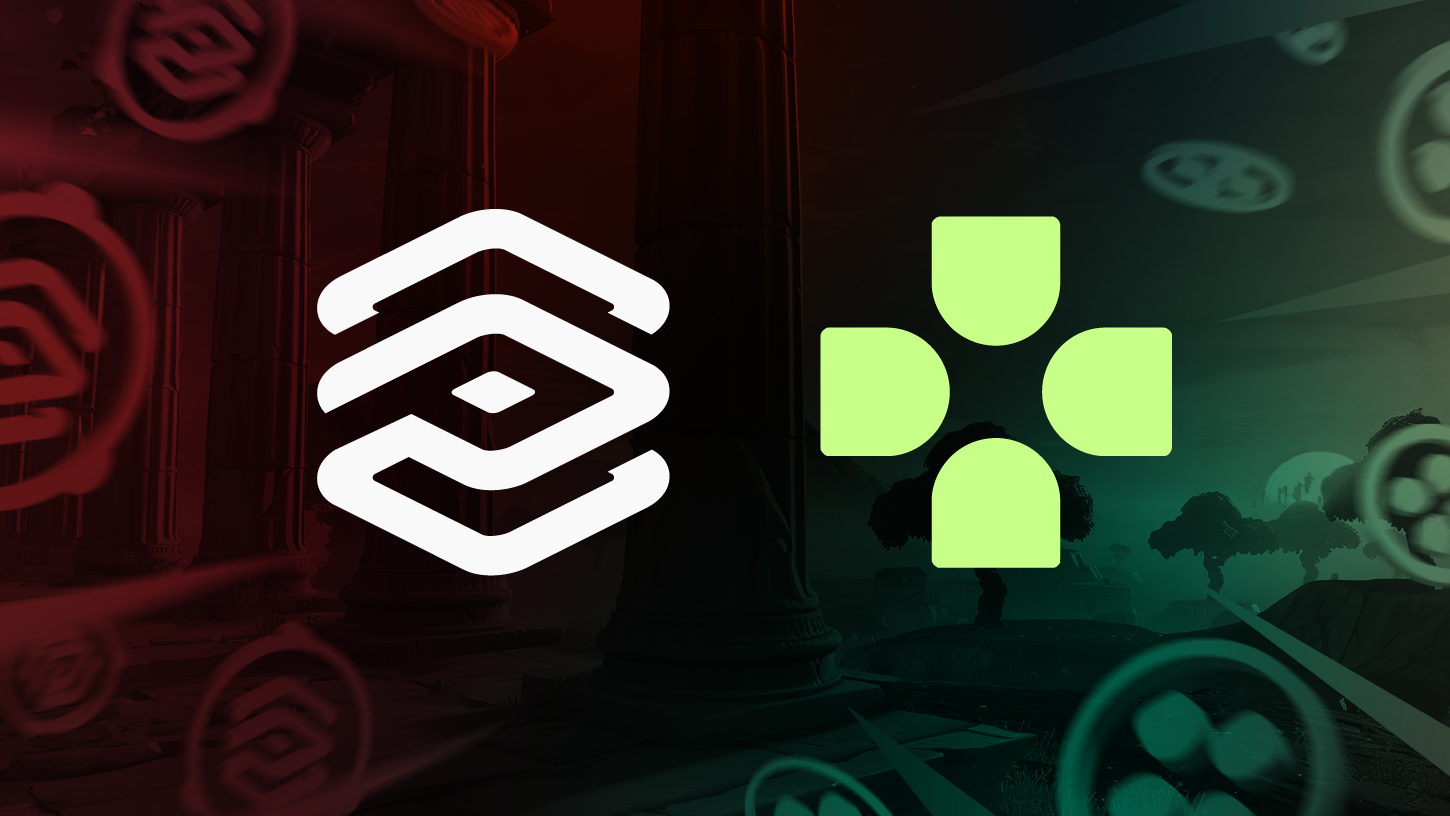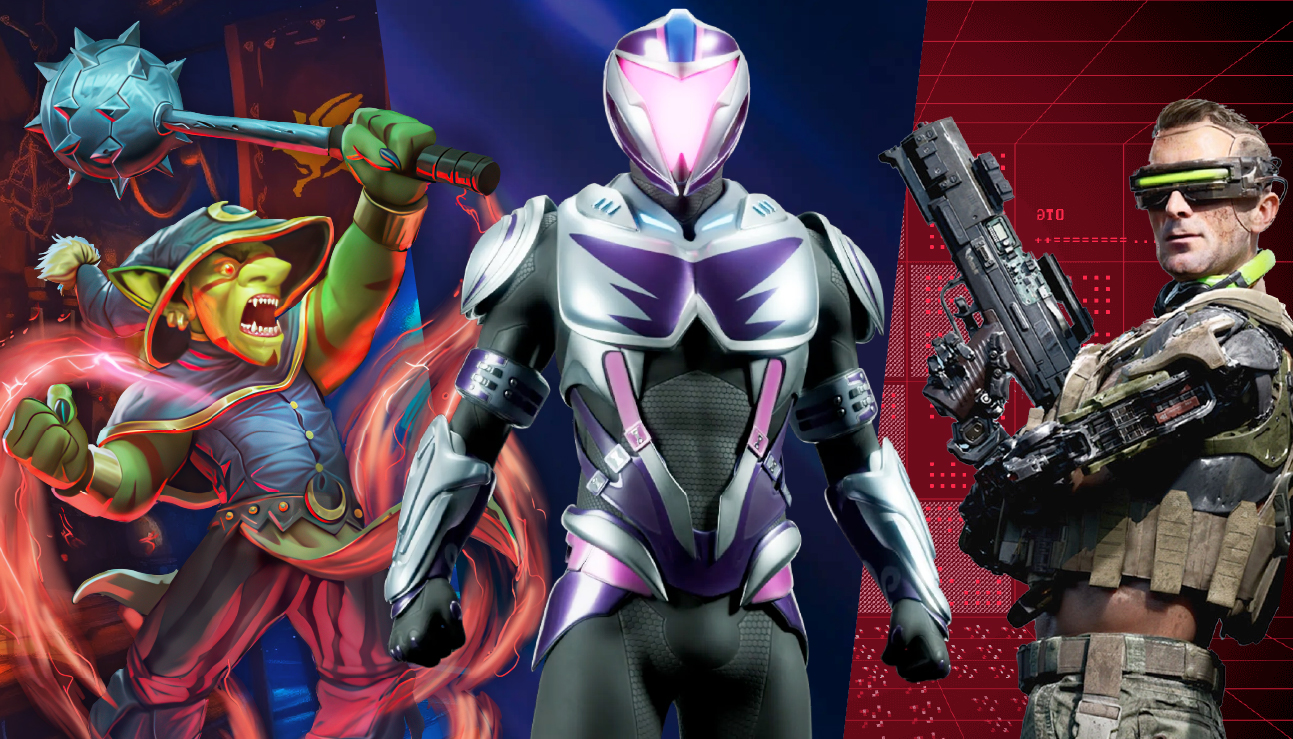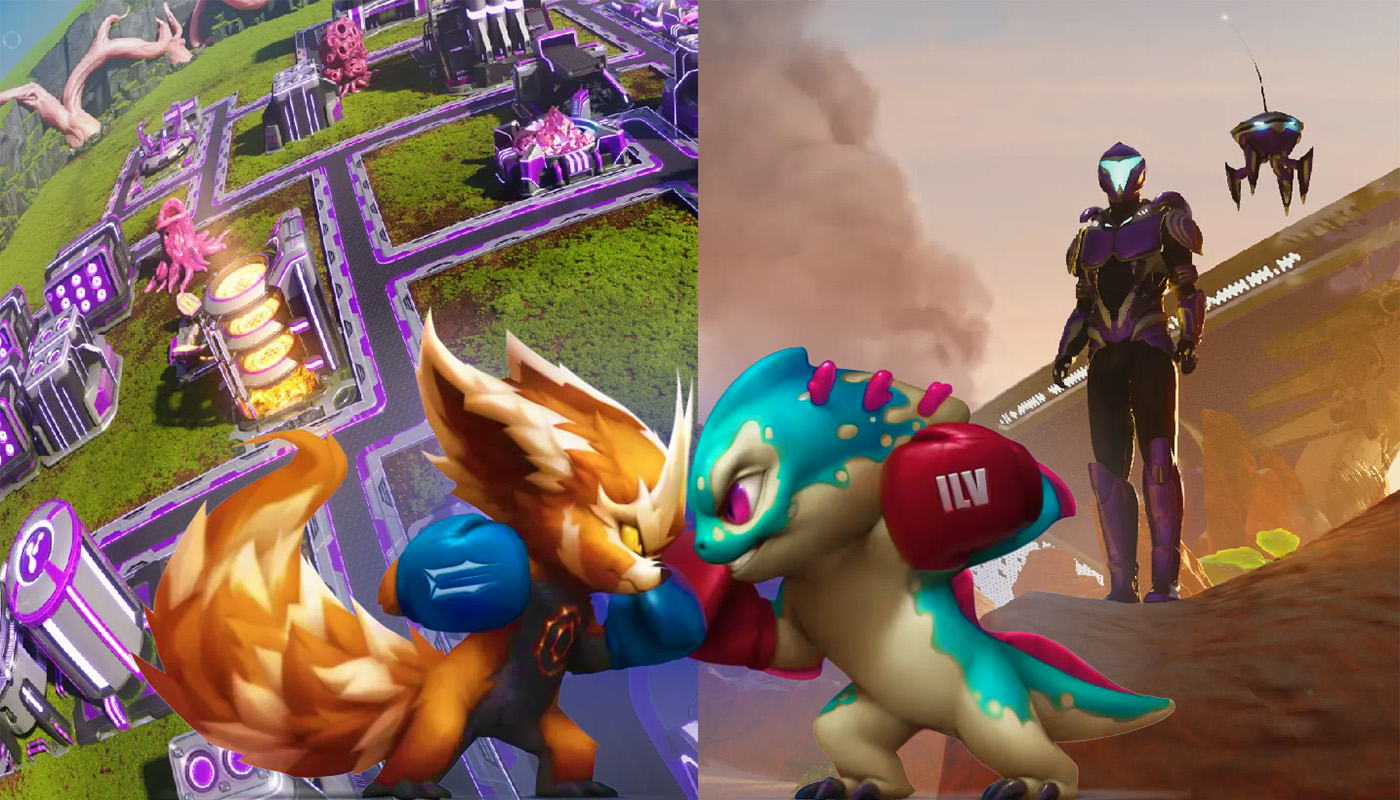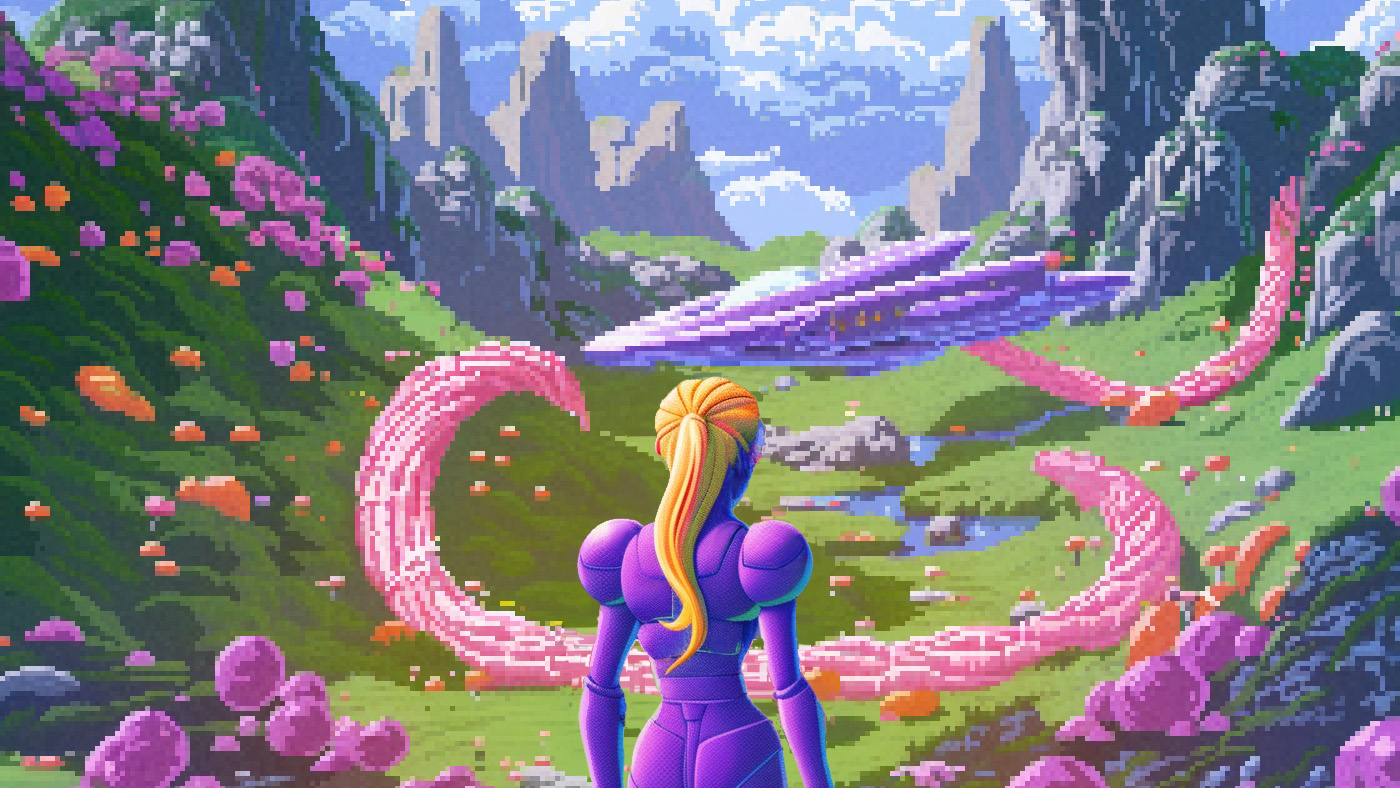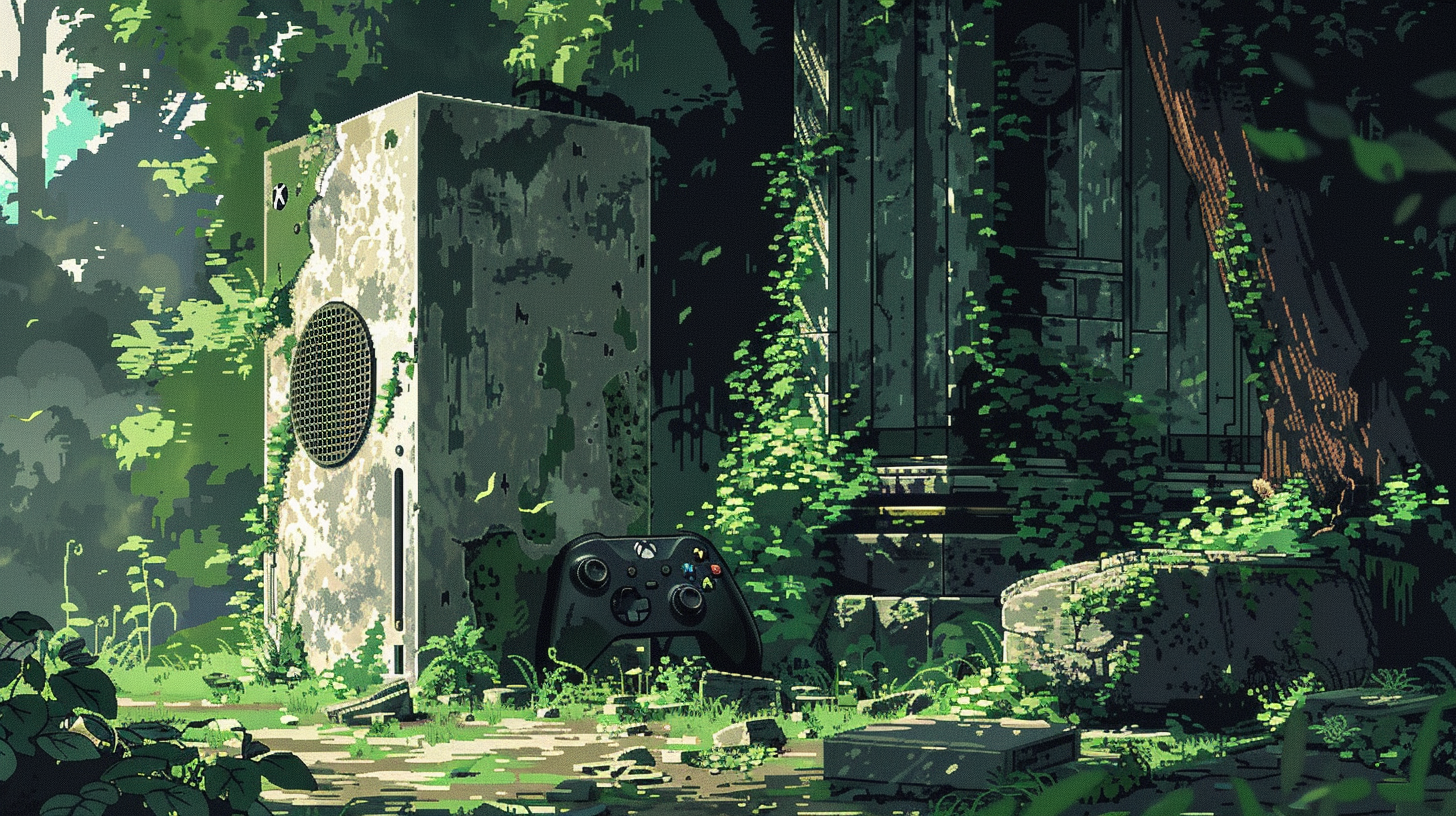When blockchain gaming had its big investment spurt in 2021, many believed that colonising mainstream gaming would be just a matter of time and marketing.
Through 2022-23, that belief was challenged and then exploded as it became clear mainstream gamers were not just indifferent: most actively disliked blockchain games. Despite many millions spent on developing games and hiring influencers, the situation hasn’t improved. Most gamers hate play-to-earn, they hate NFTs, they regard crypto-anything as tainted. They are an opinionated, obstreperous mob, and they are not changing their minds any time soon.
If you can’t get the gamers, what’s the solution?
That question has been answered by developers in one of three ways:
- Hide the blockchain
- Bin the blockchain
- Bin the gamers
The first approach was championed by Sam Peurifoy from Playground Labs (and Hivemind) for his drone racing game. Sam has gone on to make Captain & Co, which is a proudly crypto game. The technique as espoused by Sam to me in 2022 is to make the on-ramp for new players easy and crypto-free: later, when the gamer has been playing for a while and is invested in gameplay and assets, you can offer to transfer in-game assets to the blockchain. Games like Wildcard, Deadrop and Shrapnel will probably take this approach when they are fully launched: for the moment, they are gated behind game pass NFTs.
The second tactic is actually to opt out of blockchain altogether. This avoids all the bile and guilt-by-association, but it has some serious drawbacks. Gamers don’t get the advantages of open asset markets and true ownership, and developers don’t get crypto funding. The is the direction Sparkball was heading in when I spoke with founder Chandler Thomlison last year.
“There’s no demand (to play) other than speculation. It’s not good. And so the way that I always describe this is I’m a hardcore web 2 gamer. I’m not a super huge fan of NFTs personally. I’m not a huge fan of earning or anything around that nature,” he said.
The third approach is the one that prompted this newsletter: giving up on the gamers. This week Illuvium co-founder Kieran Warwick gave up on gamers, saying “you need to cater to the audience that you have.”
Kieran is one of four Australian brothers associated with Illuvium, which is actually a series of three games.
“We’ve tested out mainstream [gamers] a few times now and it’s quite clear to us that we’re still very early, and no doubt in the next 5-10 years we are going to see mainstream adoption of crypto games. I don’t doubt that. For right now, we have the crypto native people.”
Kieran was speaking at an AMA livestream with Illuvium analytics outfit Illuvidata.
“When you look at the people in this space, whether it’s looking at the next meme coin that 10xs, or yield farming to get as many rewards as possible, or in our case, gaming, they are looking to acquire an asset that goes up in value, or they are looking to play a game that gives them … some kind of NFT reward or whatever. I don’t think we’re going to get away from that for quite some time. I’ve made peace with that. You need to cater to the audience that you have.”
“Instead of us having to spend a ton of money on direct marketing when it comes to things like advertising on social media and paying for influencers, we can use the tokens that we have there and we’ve seen it time and time again … people love to farm airdrops. If you farm an airdrop and also fall in love with the game, that’s a match made in heaven. We’ll be leaning heavily into that.”
“It doesn’t bother me [that other games have big player numbers] … the people in this space are motivated by the ability to earn. The minute we turn that on, our player numbers are going to go through the roof. The key is to be able to keep it sticky over time … the question is what happens when you turn that tap off, or reduce it significantly, and that’s what we’re focussed on.”
So Illuvium has chosen its path, and the difficult part has been pushed down the road: converting money-motivated crypto natives into just-for-fun gamers. After that, bringing the rest of the world along for the ride doesn’t seem so tough.
Otherside: Illuvium Overworld with Apes
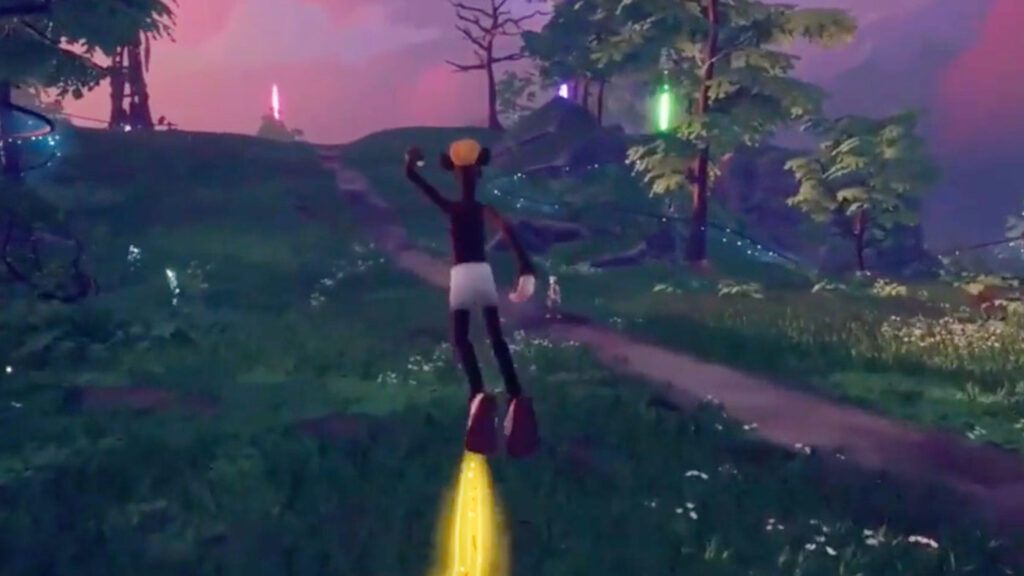
The headline sums up my take on this one: Bored Ape creators Yuga Labs have offered some of their NFT holders a sneak peak at their Otherside virtual world, and it looks … like Illuvium Overworld with apes.
One of the brilliant tricks of the whole Bored Ape thing is make buying into the club so expensive you can’t possibly doubt how cool the whole thing is. That logic extends to Yuga’s Otherside project: they seem to have raised more than $400m to build what looks to be a well-made Unreal Engine 5 demo. Everyone has just sunk too much into this thing to call it.
Influencer Orangie, in an Otherside video for Decrypt’s GG, noted that the price of entry for him had been $75k. This guy makes videos about making a million dollars a year and buying his second Lamborghini.
“I definitely enjoyed the gliding around. It just felt a little slow … the only problem I had was I just felt bored … but I mean, this is a platform builder, you are going to be able to build anything you want in Otherside … I can’t wait for the future of Otherside.”
Unconvincing.
The entire premise of the Bored Ape Yacht Club phenomenon is based on exclusivity. Together the three most valuable Yuga NFT collections (CryptoPunks, BAYC, MAYC) have less than 30k owners. What’s the Yuga strategy? Will they attempt to open Otherside to the riffraff and get a real audience, or are they going to stick with the Lamborghini owners?
(Interestingly, there are around the same number of Lambos in the world there are NFTs in those collections).



